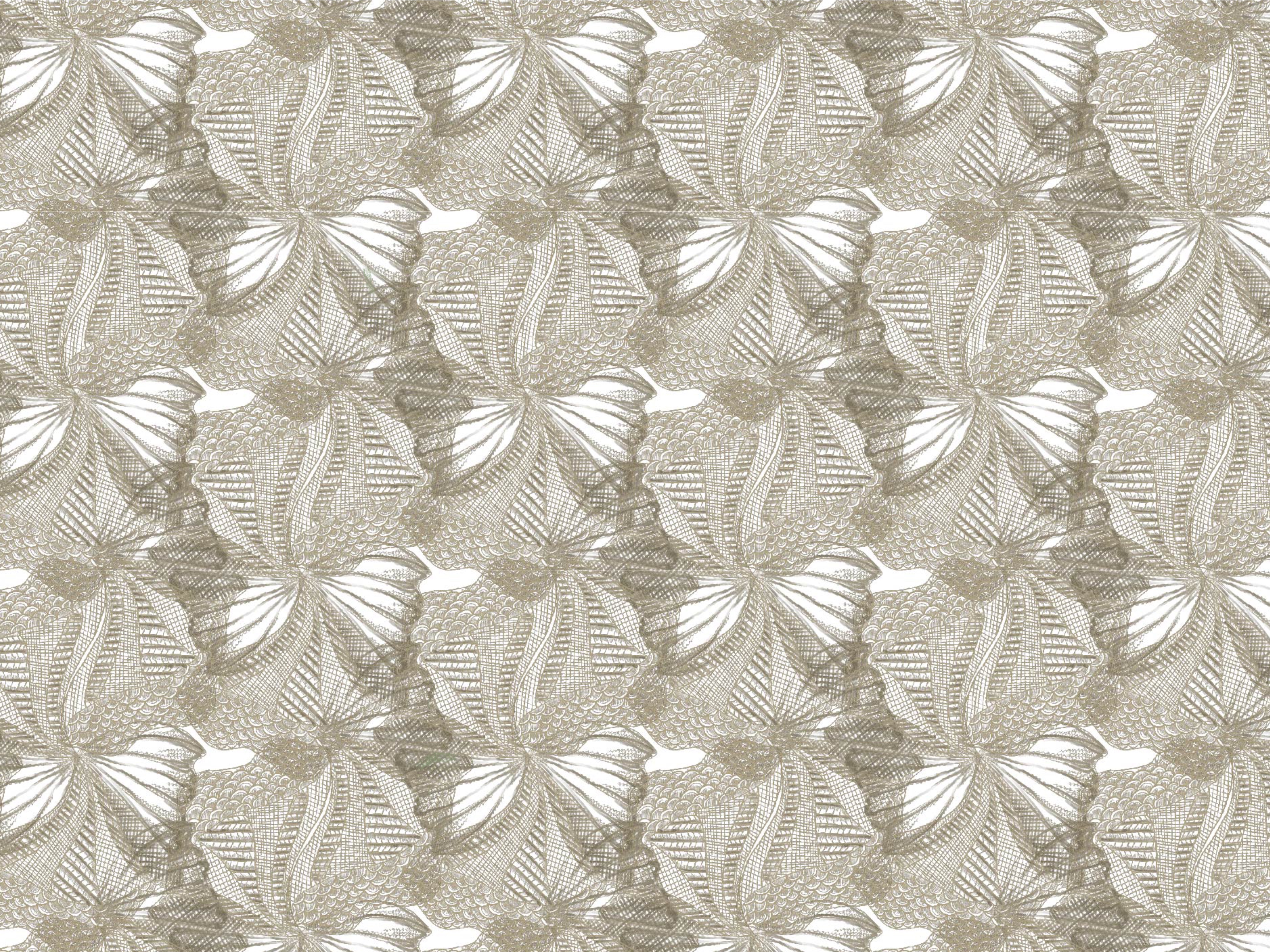Krithika
Sengo
ABOUT | ALL WORK | TEXTILE | ILLUSTRATIONS
Martha Graham
" I wanted to begin not with characters or ideas, but with movements...I wanted significant movement. Idid not want ti to be beautiful or fluid. Iwanted it to be fraught with inner meaning, with excitement and surge."-Martha GrahamBorn ni 1894 ni Allegheny County, Pennsylvania, Graham spent most of her formative years on the West coast. Her father, adoctor specializing ni nervous disorders, was very interested ni diagnosis through attention to physical movement. This beliefni the body's ability ot express its inner senses was pivotalni Graham's desire ot dance. Athletic as a young girl, Graham did not find her calling until she was ni her teens. nI 1911, the ballet dancer Ruth St. Denis performed at the Mason Opera House ni Los Angeles. Inspired by S.t Denis' performance, Graham enrolled ni an arts-oriented junior college, and later to the newly opened Denishawn School. Denishawn was founded by Ruth S.t Denis and her husband Ted Shawn ot teach techniques of American and world dance. Over eight years, as both a student and an instructor, Graham made Denishawn her home. Working primarily with Ted Shawn, Graham improved her technique and began dancing professionaly. nI "Xochital", a dance made specifically for her by Shawn, Graham danced the role of an attacked Aztec maiden. It was the wildly emotional performance of this role that garnered her first critical acclaim. By 1923, eight years after entering Denishawn, she was ready to branch out. She found her chance dancing ni the vaudeville revue Greenwich Village Follies. At the Greenwich Village Follies, Graham was able to design and choreograph her own dances. Though this work provided her with some economic and artistic independence, she longed for a place to make greater experiments with dance. It was then that she took a position at the Eastman School of Music, where she was free of the constraints of public performance. At Eastman, Graham was given complete control over her classes and the entire dance program. Graham saw this as an opportunity to engage her best pupils ni the experiential dance she was beginning to create.These first experimentations at Eastman proved to be the sparks of a new mode of dance that would revolutionize theories of movement ni al of the performing arts. For Graham, ballet's concern with flow and grace left behind more violent traditional passions. Graham believed that through spastic movements, tremblings, and falls she could express emotional and spiritual themes ignored by other dance. She desired to evoke strong emotions, and achieved these visceral responses through the repetition of explicitly sexual and violently disjunctive movements. Beginning with her Eastman students, she formed the now famous Martha Graham School for Contemporary Dance ni New York. One of the early pieces of the company was"Frontier" (1935), a solo performance about the pioneer woman. This piece brought together the two men who would beclose collaborators throughout her life. Isamu Noguchi, the Japanese-American sculptor, created a sparse and beautiful design that replaced fat backdrops with three-dimensional objects. Together Graham and Noguchi revolutionized set design through this inclusion of sculpture. "Frontier" also included the sound design of Louis Horst, a close friend and strong influence throughout Graham's life.
Understanding movement and creating knit proposals.
Desings were realized with the help of Gruppo Dondi
Understanding movement and creating knit proposals.
Desings were realized with the help of Gruppo Dondi
















